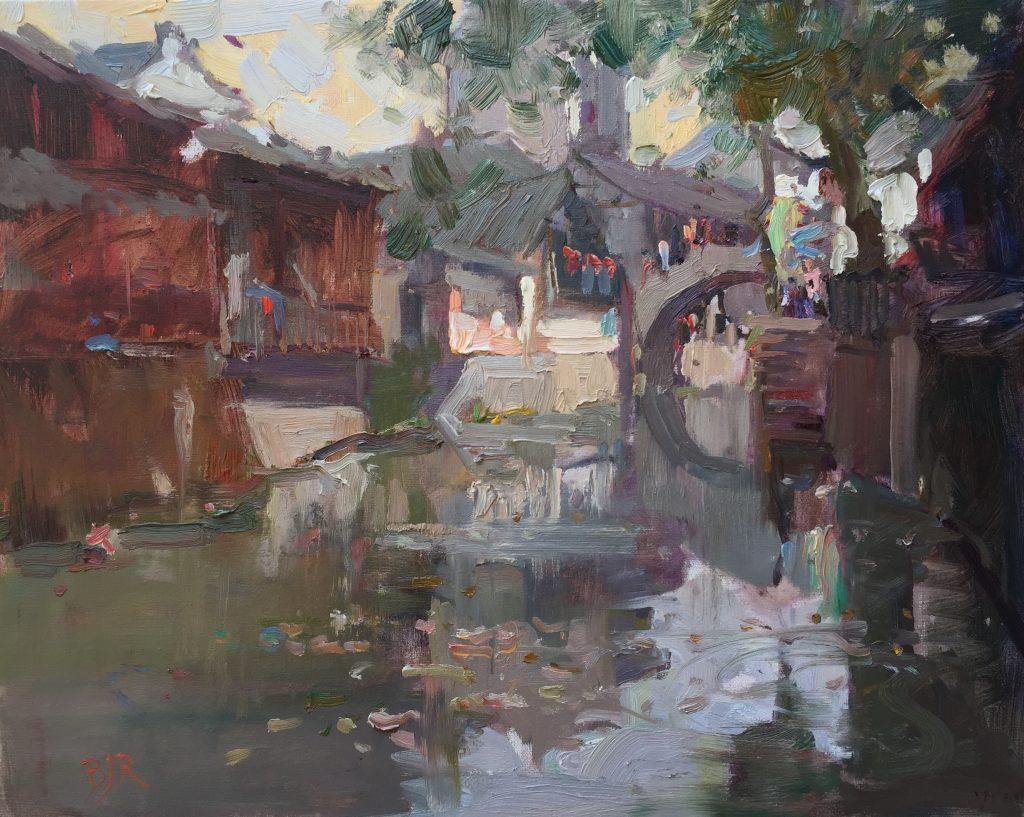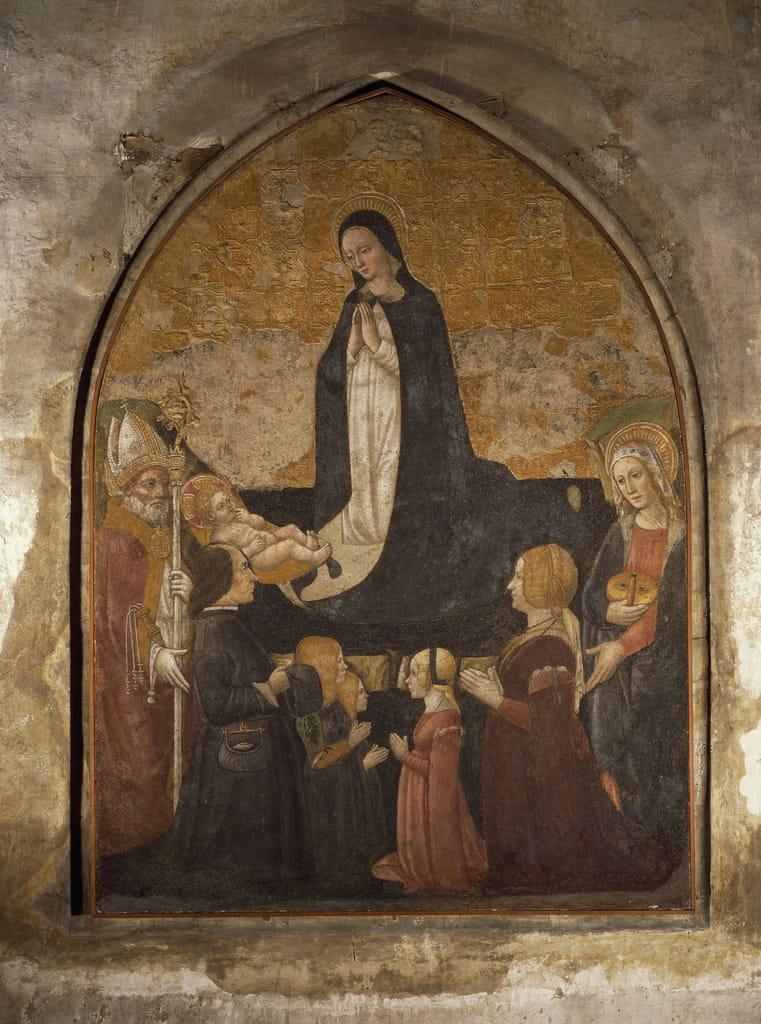The form is one of the visual elements of the seven elements of art, which belongs to a closed two-dimensional area and has many uses in art creation. Simplification of form can play an important role in the creation of drawings and paintings, influence composition, and contribute to the balance within the work. That is the main base of the two-dimensional area of a work of art, which allows it to indicate contrasting forms and changes in meaning. Representational drawing and painting have more to do with observation than with simple marking, so it is important to consider all compositions as simple forms.
When creating a new work, one of the main tasks is to distinguish the basic forms of the object. For example, in the painting Xinchang Old Bridge (Image 1), by Barry John Raybould, one can see how the author, instead of seeing trees, stones, grass, and sky, decided to depict the landscape in simple forms of squares and other organic forms. In addition, the use of simplified forms in art helps to organize the composition of visual artwork.

The fresco in the church of Santa Maria delle Grazie, Virgin Adoring the Child (Image 2), is an early example of the organization of forms into decoration. Each form has a specific meaning within the work and allows one to arrange them in such a way as to create a harmonious composition.

Thus, forms, especially simplified ones, are essential in how the viewer and the artist decipher and depict. It allows displaying how observations are conveyed in the visual arts. If one initially thinks about the future work of art in terms of form, it is possible to speed up the process of creating a work, as well as make it more accurate. Recognition of forms, as well as their simplification, increases the accuracy of the transmission of reality.